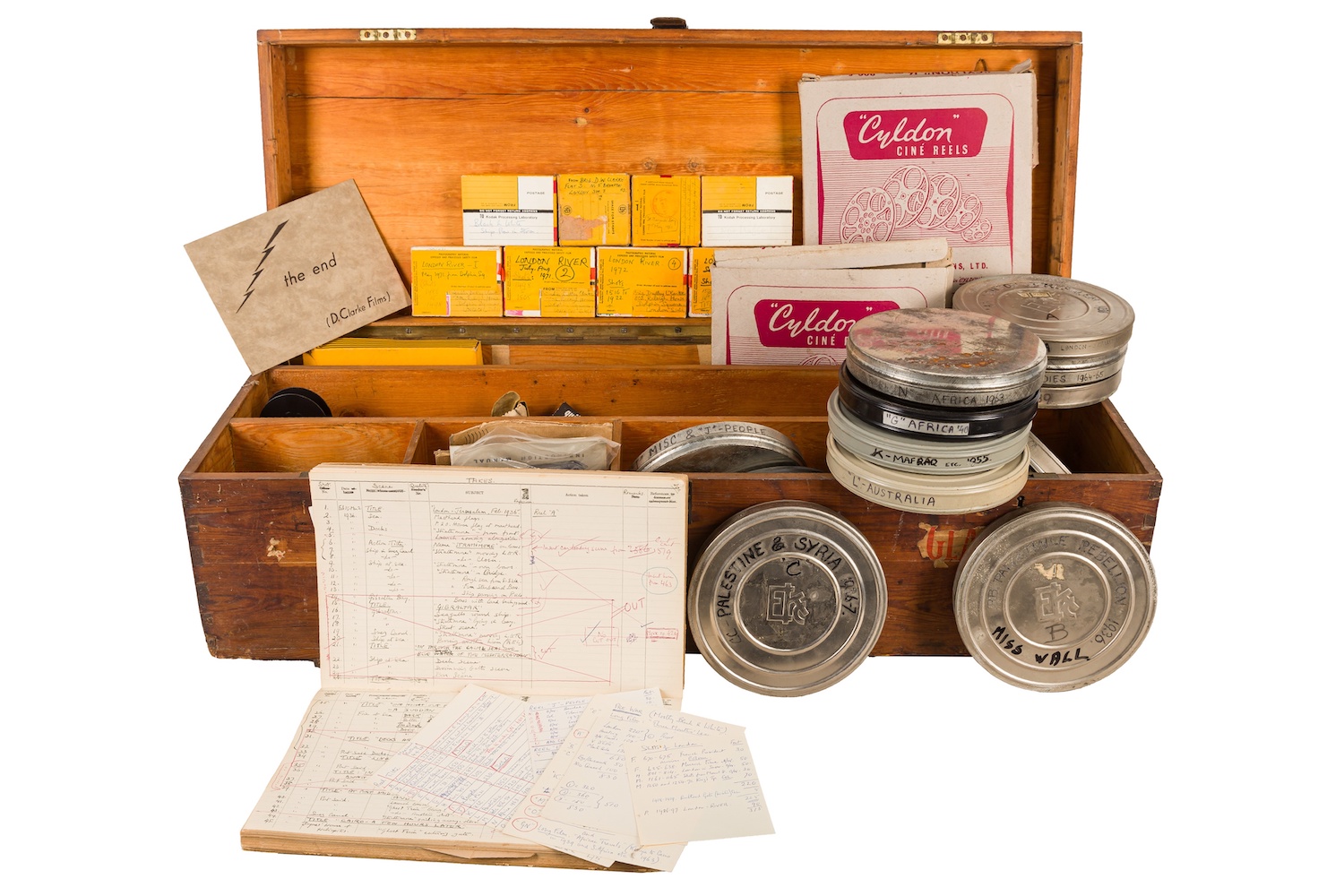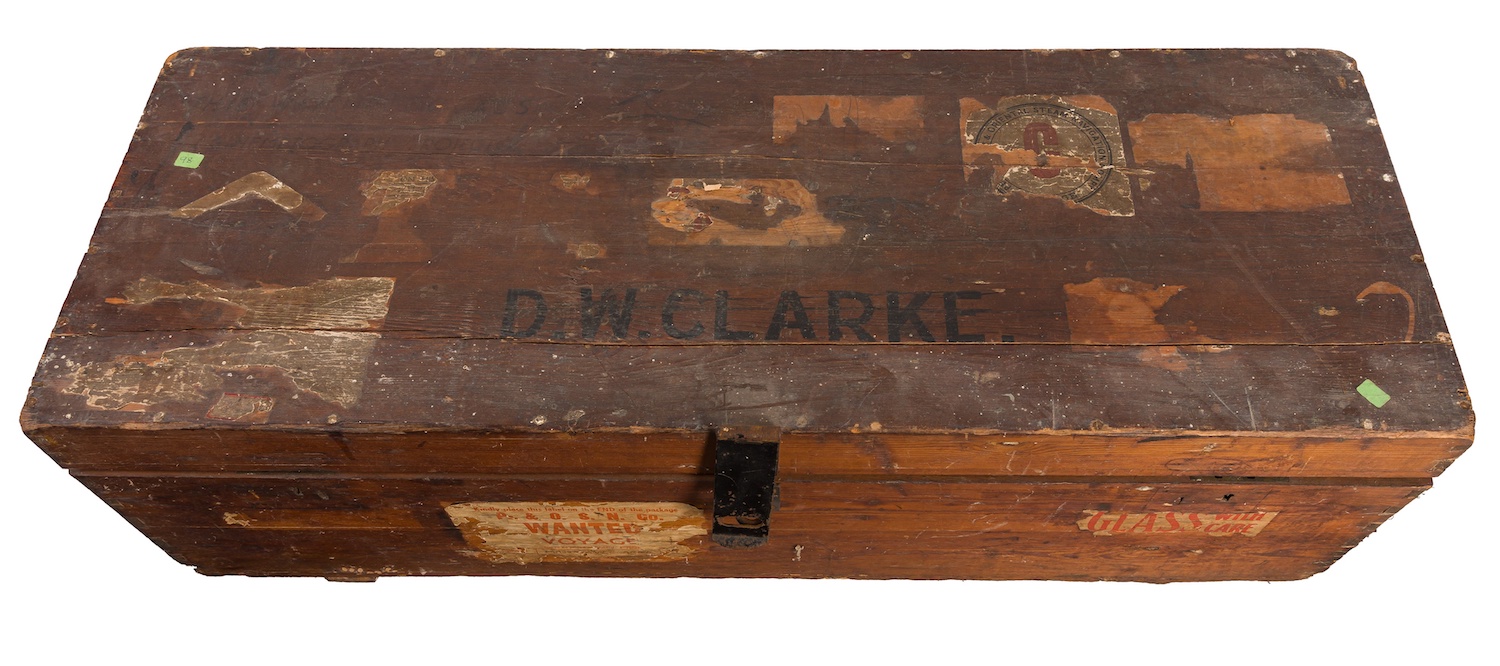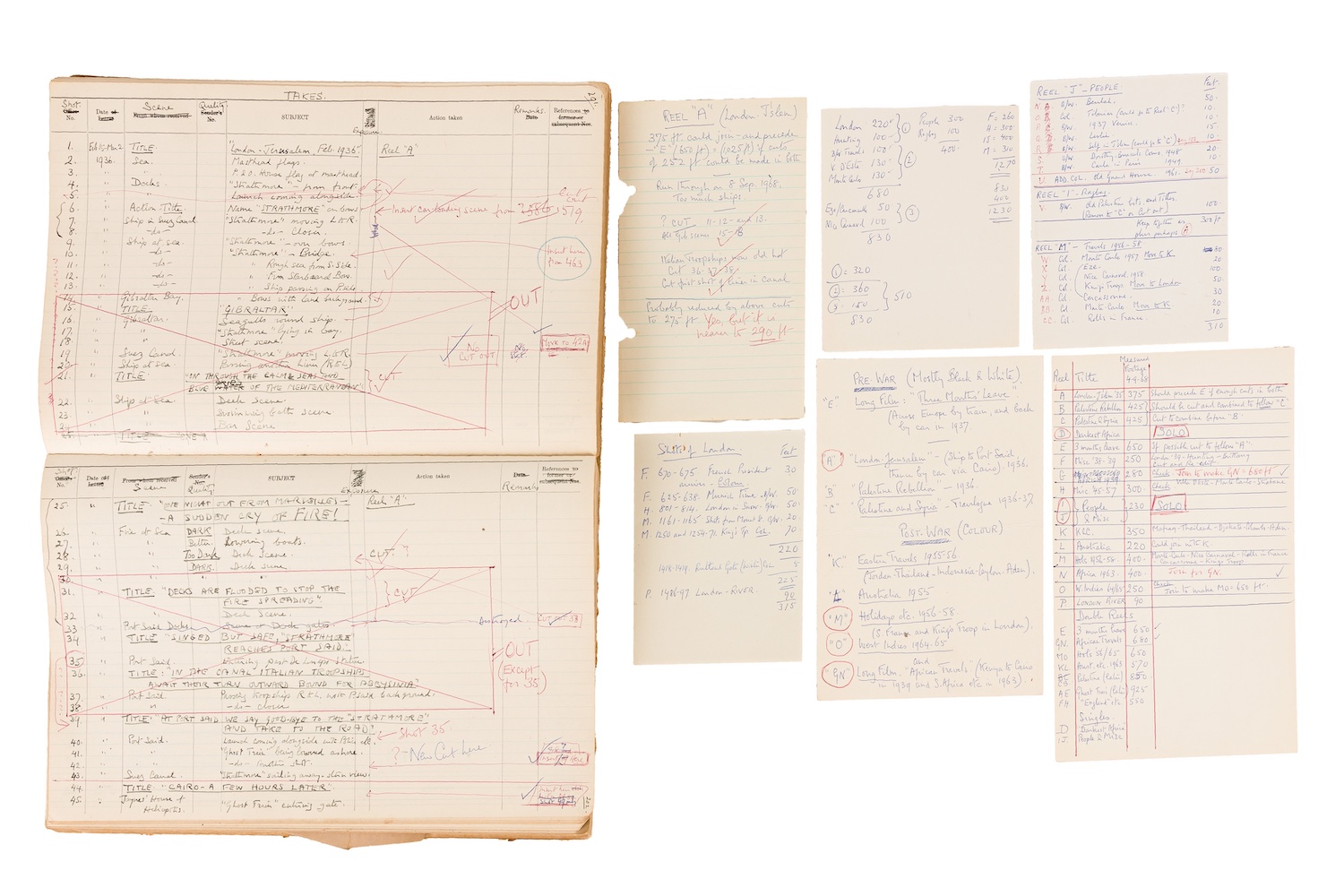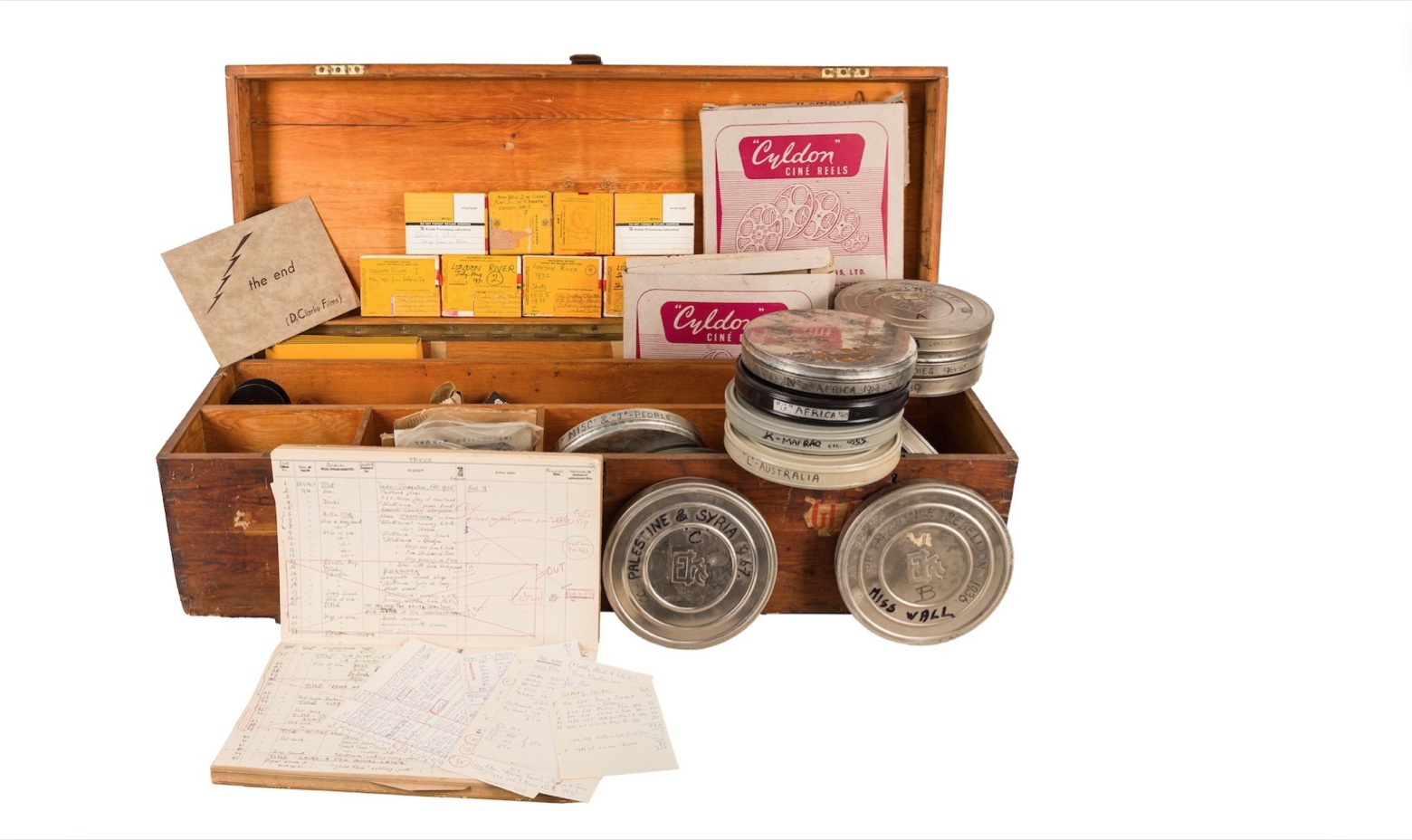#Brigadier #Dudley #Clarke #cinefilm #collection #sell #Antique #Collecting
A collection of cinefilms belonging to Brigadier Dudley Clarke (1899-1974), a key figure behind British military deception operations during the Second World War, has been discovered by Chiswick Auctions in London.

The archive of home movies and related documentation will be sold on August 7 as part of the auction house’s Photographica sale with a guide of £200-300.
Housed in a wooden trunk stamped to the lid DW Clarke are 16 different cinefilms taken from c.1930-70 in destinations including Indonesia, Australia, North Africa and the West Indies. Of particular interest to military historians will be the reels and notes that correspond with Clarke’s time spent in Palestine at the time of the Arab Revolt (1936-1939). Clarke took up various postings in the Middle East and was tasked with organising the military response to the uprising and, as British defences increased in the territory, masterminding deception strategies in the region. Three reels are titled Jerusalem, 1936; Palestine Rebellion 1936 and Palestine & Syria.

Clarke led a quiet life after his 1947 retirement, and the full extent of his contributions to military deception tactics were not fully illuminated until the 1990s. It is now understood he
contributed to the creation of three military units: the British Commandos, the Special Air Service and the US Rangers. He came up with the name of the Special Air Service in the early 1940s for a fictitious British paratrooper unit he hoped would confuse the Axis powers. David Stirling, founder of the SAS as we know it today, brought it into being.

The archive comes for sale at Chiswick Auctions from a West Sussex camera collector who bought regularly at local auctions in the 1980s and 90s.
From the same source is an exceptional Leica outfit with a guide of £15,000 – £25,000.
This Leica I Rangefinder camera with a serial number for 1931 is particularly desirable as it includes a rare high speed cine lens – the Hugo Meyer 5cm f/1.5 Kino Plasmat lens. It comes with the original customs certificate and a bill of sale from The Westminster Photographic Exchange, London, dated November 3, 1937.





